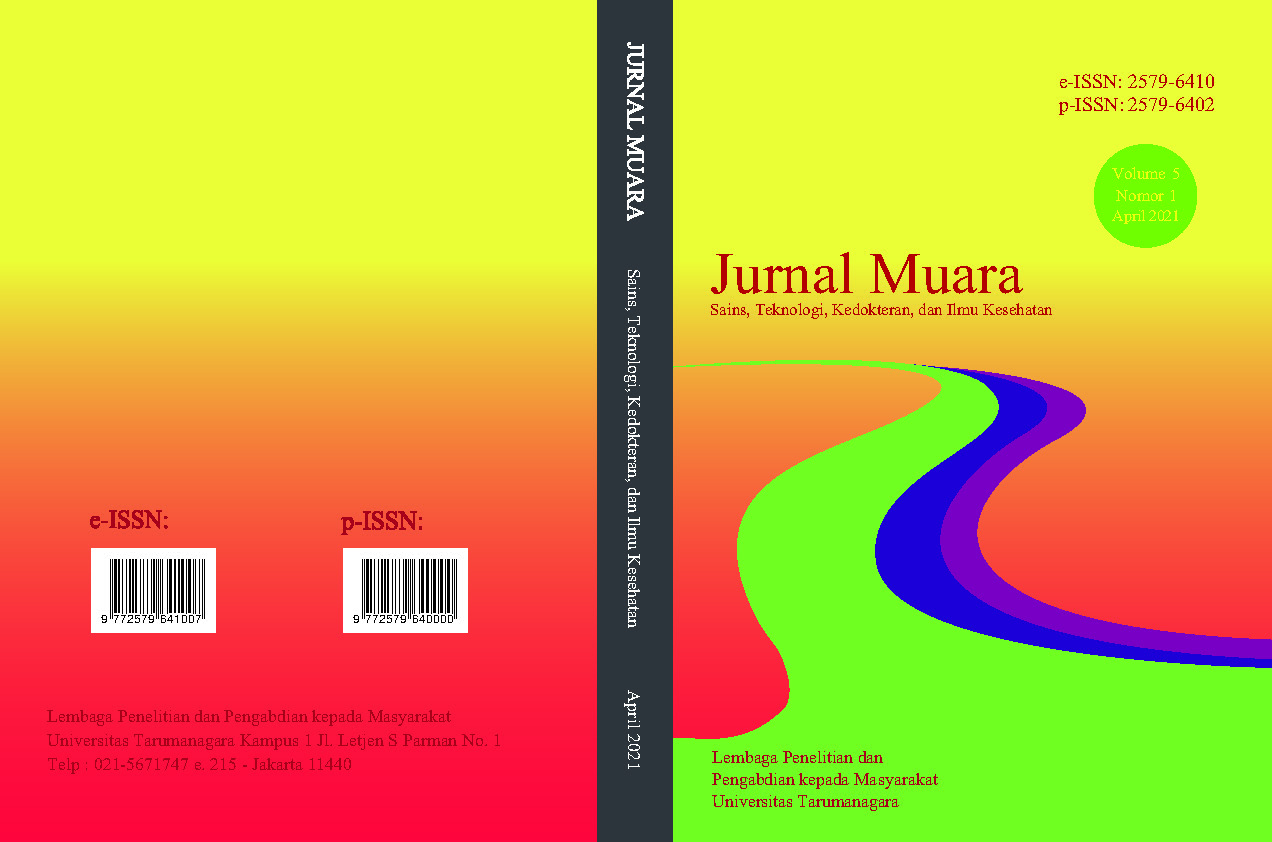IDENTIFIKASI RISIKO CHANGE ORDER PROYEK KONSTRUKSI JALAN
Main Article Content
Abstract
A Change Order is a written and legal work order that changes the scope of the original contract, with compensation that has been agreed upon by the owner and the contractor. Changes can be in the form of adding or reducing the scope of work, changing materials, or changing schedules. Change Order causes the cost of contract items to swell, planning errors and negligence as well as changes in scope that can be reduced by sharpening planning results. The scope of research on road construction in Indonesia, especially in DKI Jakarta and Banten provinces. This study aims to determine the identification of change orders in road construction projects. Data obtained from real data on road construction projects from 2013-2018 on 16 road construction project packages in the form of road construction project addendum contracts. Based on the addendum contract, added work, less work, addition of new items and removal of work items are determined. The identification of change order risk is seen from three aspects, namely the addition and reduction of work items, the removal of items and the addition of new items and the wishes of the owner, thereby increasing the cost of the change order contract. This study found 732 changes in construction work items. Risk identification is obtained from the frequency of changes above 35% which is an intermediate frequency that tends to increase the occurrence of change orders. The results of risk identification were obtained for 31 construction work items, the highest percentage was for Thermoplastic Road Marking work, followed by 30 other construction work items.
Keywords: risk identification; change orders; road construction projects
Abstrak
Change Order adalah perintah kerja tertulis dan sah yang mengubah lingkup kontrak semula, dengan kompensasi yang sudah disetujui oleh pemilik dan kontraktor. Perubahan dapat berupa penambahan atau pengurangan lingkup pekerjaan, perubahan material, atau perubahan jadwal. Change Order menyebabkan biaya item kontrak membengkak, kesalahan perencanaan dan kelalaian serta perubahan ruang lingkup yang dapat dikurangi dengan mempertajam hasil perencanaan.. Lingkup penelitian pada konstruksi jalan di Indonesia khususnya provinsi DKI Jakarta dan Banten. Penelitian bertujuan untuk mengetahui identifikasi change order proyek konstruksi jalan. Data didapat dari data riil proyek konstruksi jalan dari tahun 2013- 2018 pada 16 paket proyek konstruksi jalan berupa kontrak addendum proyek konstruksi jalan. Berdasarkan kontrak addendum maka ditentukan pekerjaan tambah, pekerjaan kurang, penambahan item baru dan penghilangan item pekerjaan. Identifikasi risiko change order dilihat dari tiga aspek yakni penambahan dan pengurangan item pekerjaan, penghilangan item dan penambahan item baru dan keinginan dari pihak owner sehingga meningkatkan biaya kontrak change order. Penelitian ini mendapatkan 732 perubahan item pekerjaan konstruksi. Identifikasi risiko didapat dari frekuensi perubahan diatas 35% yang merupakan frekuensi menengah yang cenderung meningkatkan terjadinya change order. Hasil identifikasi risiko didapat pada 31 item pekerjaan konstruksi, yang tertinggi persentase pada pekerjaan Marka Jalan Termoplastik, diikuti 30 item pekerjaan konstruksi lainnya.
Article Details
Section
This work is licensed under a Jurnal Muara Sains, Teknologi, Kedokteran dan Ilmu Kesehatan Creative Commons Attribution-ShareAlike 4.0 International License.
Authors transfer copyright or assign exclusive rights to the publisher (including commercial rights)
References
Al-Bahar, J. F., & Crandall, K. C. (1990). Systematic risk management approach for construction projects. Journal of construction engineering and management, 116(3), 533-546.
Fisk, E. R., & Reynolds, W. D. (1988). Construction project administration. Wiley.
Han, S. H., & Diekmann, J. (2004). Judgment-based cross-impact method for predicting cost variance for highly uncertain projects. Journal of Construction Research, 5(02), 171-192.
Han, S. H., Park, S. H., Kim, D. Y., Kim, H., & Kang, Y. W. (2007). Causes of bad profit in overseas construction projects. Journal of construction engineering and management, 133(12), 932-943.
Hanna, A. S., Thomas, G., & Swanson, J. R. (2013). Construction risk identification and allocation: Cooperative approach. Journal of Construction Engineering and Management, 139(9), 1098-1107.
Hsieh, T. Y., Lu, S. T., & Wu, C. H. (2004). Statistical analysis of causes for change orders in metropolitan public works. International Journal of Project Management, 22(8), 679-686.
Taylor, T. R., Uddin, M., Goodrum, P. M., McCoy, A., & Shan, Y. (2012). Change orders and lessons learned: Knowledge from statistical analyses of engineering change orders on Kentucky highway projects. Journal of Construction Engineering and Management, 138(12), 1360-1369.
Wang, S. Q., Dulaimi, M. F., & Aguria, M. Y. (2004). Risk management framework for construction projects in developing countries. Construction management and economics, 22(3), 237-252.
Waty, M., & Sulistio, H. (2020). PERHITUNGAN CHANGE ORDER PROYEK JALAN DI BANTEN. Jurnal Muara Sains, Teknologi, Kedokteran dan Ilmu Kesehatan, 4(2), 211-220.
Yana, A. G. A., Rusdhi, H. A., & Wibowo, M. A. (2015). Analysis of factors affecting design changes in construction project with Partial Least Square (PLS). Procedia Engineering, 125, 40-45.
Zhi, H. (1995). Risk management for overseas construction projects. International journal of project management, 13(4), 231-237.
Zoysa, S. D., & Russell, A. D. (2003). Knowledge-based risk identification in infrastructure projects. Canadian Journal of Civil Engineering, 30(3), 511-522.

